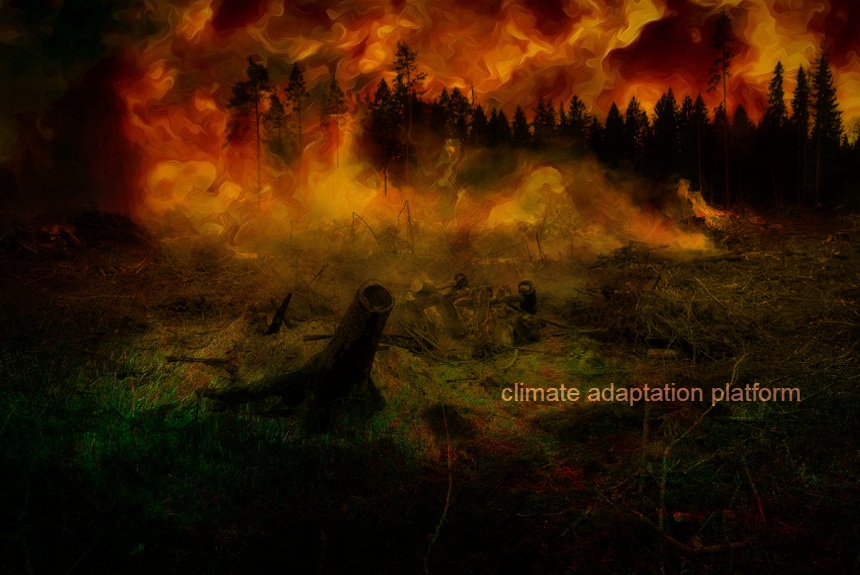There is a need for harmonised procedures for wildfire risk assessment at the Pan-European scale to mitigate the impacts of wildfires, reducing their risks of occurring and impacts when they happen.
Wildfires blazing from June to August 2022 have affected many parts of Europe and the Mediterranean, impacting these countries the most: Algeria, France, Greece, Spain, and Portugal.
The area that burned down this year in terms of size is the second largest since records began in 2006—and considering that the region is only halfway through its typical fire season, countries are still not yet out of the woods regarding the risk of extreme fire.
Reuter reports that the wildfires have scorched over 600 thousand hectares in EU countries this year, which ranks second highest from the 2017 record of 987,844 hectares of land burned (Abnett, 2022).
Wildfires have forced thousands to flee their homes and businesses.
According to the article, climate change worsens these wildfires from increased hot and dry conditions, “which helps them spread faster, burn longer, and rage more intensely.”
“Hotter weather saps moisture from vegetation, turning it into dry fuel – a problem exacerbated by shrinking workforces in some areas to clear this vegetation.”
The impacts of wildfires are long-lasting, affecting the social, environmental, and economic systems. Climate change is making this extreme event more frequent.
This risk assessment means improving planning and coordination of prevention, preparedness, and cross-border firefighting actions.
As wildfires are becoming more common in Europe and worldwide, there is a widespread consensus that firefighting should not be the sole solution to reducing wildfire devastation.
There should also be an increased focus on wildfire prevention through proper landscape planning and to prevent dry plant materials from piling up in the ground, which fuels the fires.
A collaboration between the European Commission and fire specialists – Expert Group on Forest Fires from 43 countries yielded a report that focused on wildfire risk assessment and provided harmonised data in the Pan-European region.
The report, a result of an 8-year collaboration, represents the first Pan-European Wildfire risk assessment (WRA) that reconciles and gathers the approaches used by these different countries in one place, presenting a harmonised and comparable assessment of wildfire risk across the European region.
Click the link to access the report: Pan-European wildfire risk assessment
Sources:
Abnett, K. (2022, August 4). Wildfires in Europe burn second-biggest area on record. Reuters. https://www.reuters.com/world/europe/wildfires-europe-burn-second-biggest-area-record-2022-08-04/
European Commission. (2022, August 5). New tool to provide a harmonised fire risk assessment across the Pan-European region. https://joint-research-centre.ec.europa.eu/jrc-news/new-tool-provide-harmonised-fire-risk-assessment-across-pan-european-region-2022-08-05_en
Pan-European wildfire risk assessment. JRC Publication Repository. European Commission. Retrieved from https://publications.jrc.ec.europa.eu/repository/handle/JRC130136



Leave a Reply